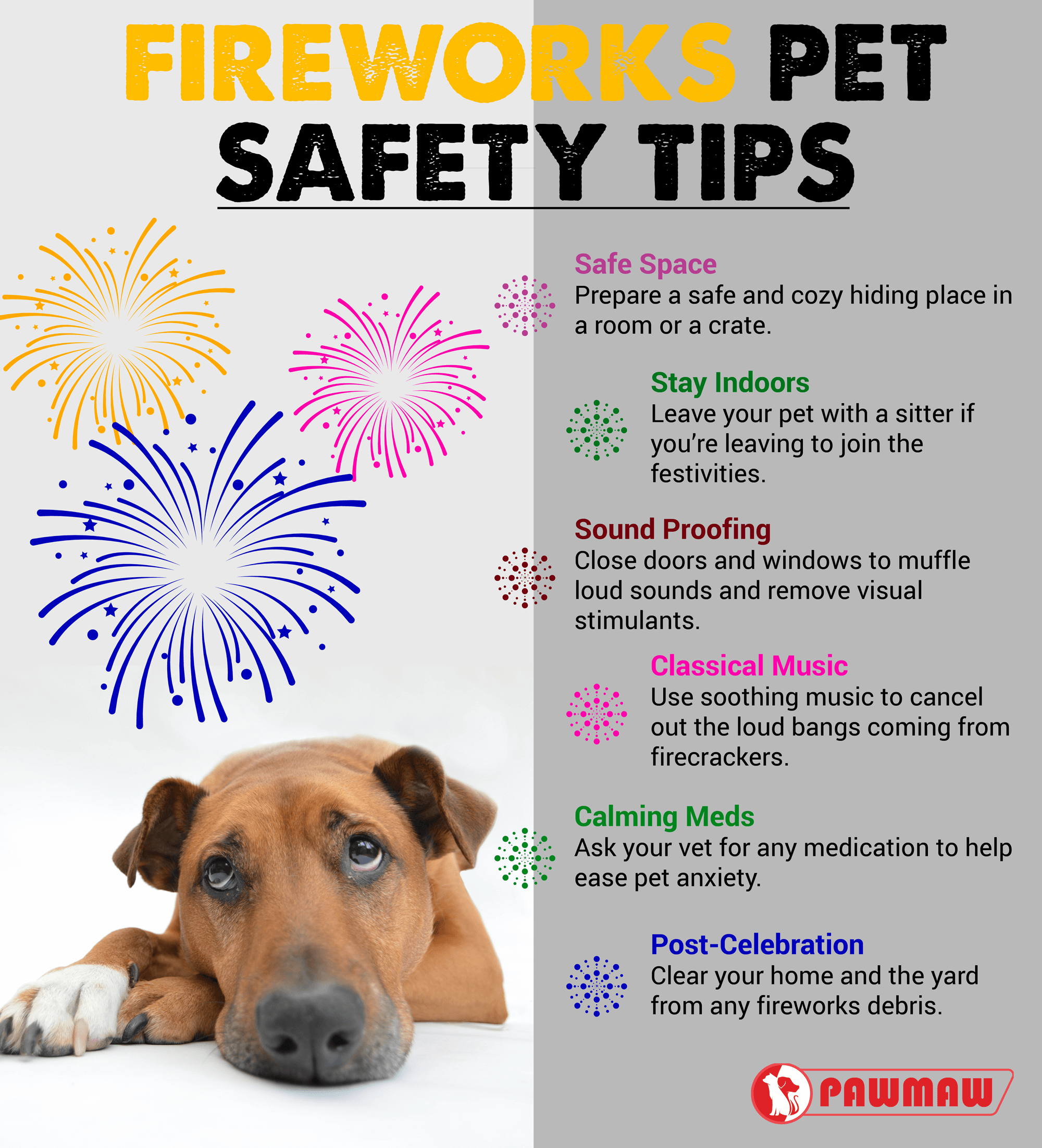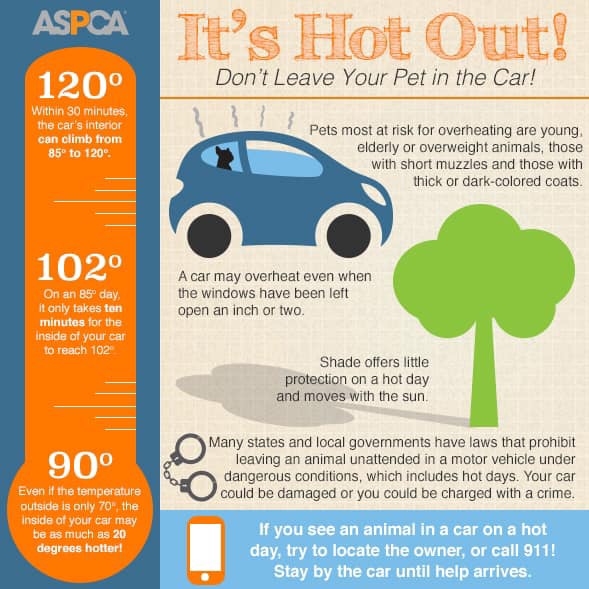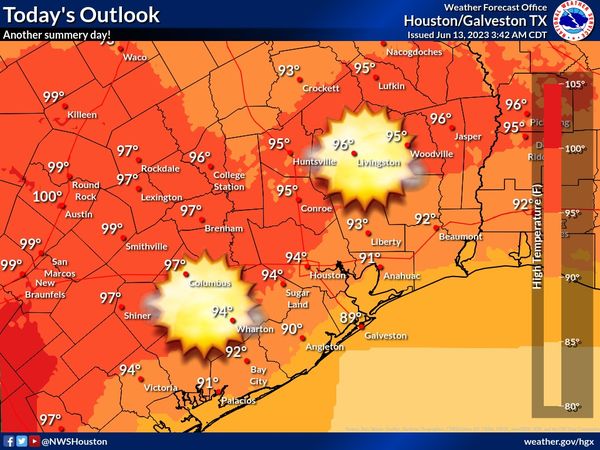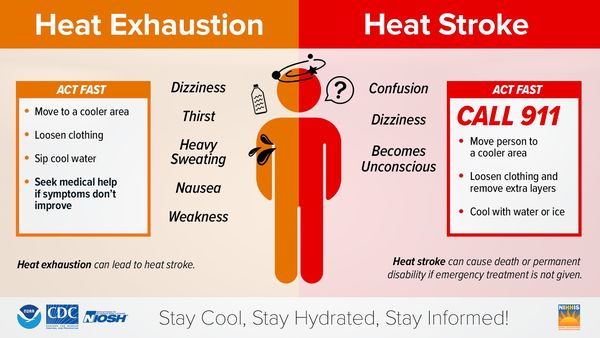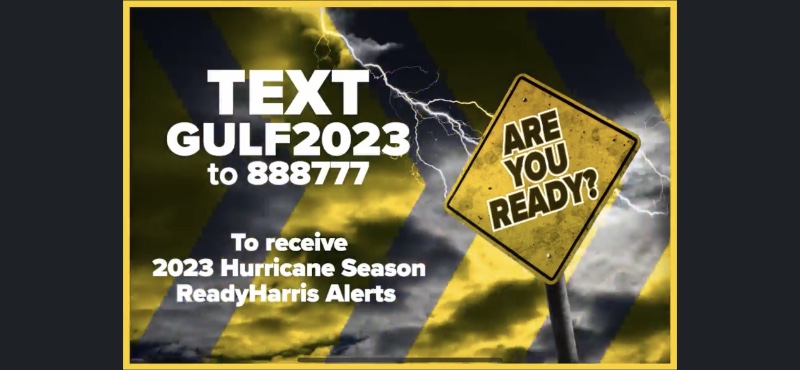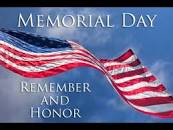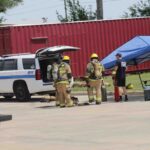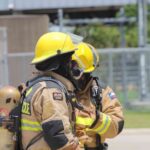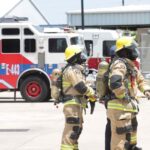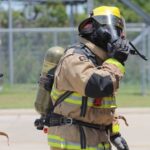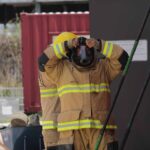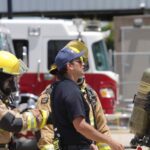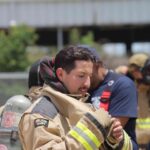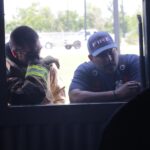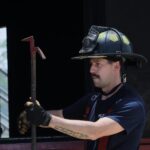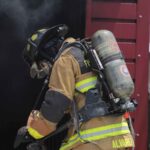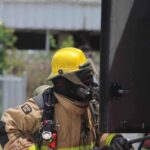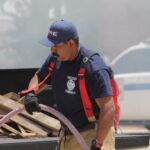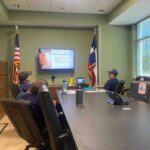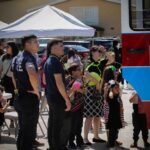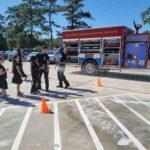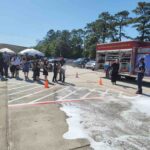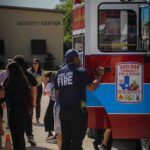Fireworks Safety Tips: If You Choose to Use Legal Fireworks

If consumer fireworks are legal to buy where you live and you choose to use them, be sure to follow the following safety tips:
- Never allow young children to handle fireworks
- Older children should use them only under close adult supervision
- Never use fireworks while impaired by drugs or alcohol
- Anyone using fireworks or standing nearby should wear protective eyewear
- Never hold lighted fireworks in your hands
- Never light them indoors
- Only use them away from people, houses and flammable material
- Never point or throw fireworks at another person
- Only light one device at a time and maintain a safe distance after lighting
- Never ignite devices in a container
- Do not try to re-light or handle malfunctioning fireworks
- Soak both spent and unused fireworks in water for a few hours before discarding
- Keep a bucket of water nearby to fully extinguish fireworks that don’t go off or in case of fire
- Never use illegal fireworks
Better yet, grab a blanket and a patch of lawn, kick back and let the experts handle the fireworks show.
Sparklers Are Dangerous
Every year, young children can be found along parade routes and at festivals with sparklers in hand, but sparklers are a lot more dangerous than most people think.
Sparklers burn at about 2,000 degrees – hot enough to melt some metals. Sparklers can quickly ignite clothing, and children have received severe burns from dropping sparklers on their feet. According to the National Fire Protection Association, sparklers alone account for more than 25% of emergency room visits for fireworks injuries. For children under 5 years of age, sparklers accounted for nearly half of the total estimated injuries.
Consider using safer alternatives, such as glow sticks, confetti poppers or colored streamers.
Do You Know?
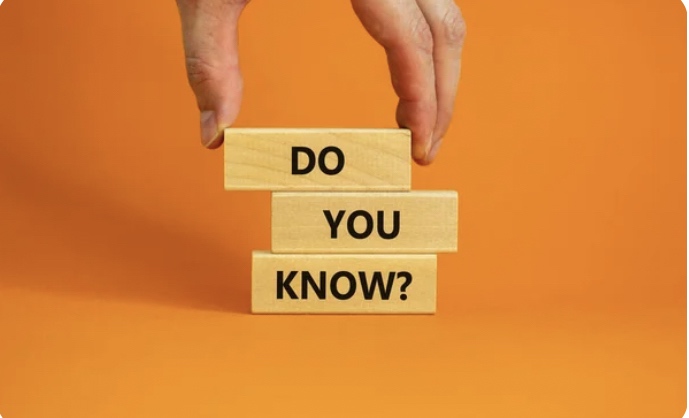
Do you know how many Emergency Services Districts (ESDs) are in Harris County? Or in the state of Texas?
There are currently 33 ESDs in unincorporated Harris County–seven ESDs provide emergency medical services only; 16 ESDs, such as your Harris County Emergency Services District No. 60, provide fire services only; and 10 ESDs provide both emergency medical and fire services.
There are currently around 300 ESDs in the great state of Texas, including seven “multi–county” ESDs. Sheldon Community Fire & Rescue is supported by Harris County Emergency Services District No. 60.
Engine 13 Crew at Royalwood Church
Sunday, April 30
Two volunteers joined us on Monday (that can be seen in their yellow helmets in the photos). The day was spent by training with C-SHIFT at Station Two, which included a classroom lecture in the morning followed by P.T. In the afternoon, we conducted a burn session that challenged everyone mentally and physically. Overall, it was a rewarding day filled with valuable learning experiences for everyone involved.
What Is an ESD and What Does It Mean to Me?
Emergency Service Districts (ESDs) are political subdivisions in the State of Texas similar to a school district, HOA or hospital district. ESDs may support or provide emergency medical services, fire prevention and control services, or a combination of both services. ESDs are managed by five Commissioners that are sometimes appointed by the members of the County’s Commissioner Court. However, in Harris County and two other Texas counties (Orange and Smith), the Commissioners are elected officials chosen by residents of the ESD territory in a bi-annual November election.
ESDs gain their primary authority under the Texas Health and Safety Code Chapter 775 and are tasked to provide fire and/or EMS services. ESDs provide those services through direct delivery, or through contract service providers including local fire departments and ambulance services. Funding is generated for the ESDs through their authority as a special taxing district by collecting ad valorem and/or sales taxes. ESDs do not have the ability to affect services outside of their defined capabilities. Several of the incorporated cities provide emergency medical services, fire suppression and control services, or a combination to residents.
Most emergency services providers in this area, such as Sheldon Community Fire & Rescue, are signatories of the Harris County Automatic and Mutual AId Fire Protection Agreement, under which equipment and personnel can be made available as requested by signed parties. This means when necessary, other fire departments help each other out in times of need. Having mutual aid agreements in place assists in offsetting the costs and buy-down overall local risk inside Harris County. Beyond local mutual aid agreements, jurisdictions also have access to regional, state and federal resources through established protocols and procedures.
Sheldon Community Fire & Rescue is supported by Harris County Emergency Services District No. 60.

